Product Overview: Arduino Uno R3
The Arduino Uno R3 is one of the most popular and versatile microcontroller boards in the Arduino family. Known for its simplicity and robustness, it is an excellent choice for beginners and experienced developers alike. The Uno R3 can be used for a wide range of applications, from simple LED projects to complex IoT devices and robotics.
Arduino Uno R3 Key Features
Microcontroller: ATmega328P
Operating Voltage: 5V
Input Voltage (recommended): 7-12V
Digital I/O Pins: 14 (of which 6 provide PWM output)
Analog Input Pins: 6
Flash Memory: 32 KB (ATmega328P) of which 0.5 KB used by bootloader
SRAM: 2 KB (ATmega328P)
EEPROM: 1 KB (ATmega328P)
Clock Speed: 16 MHz
USB Connection: Type B
Power Jack: DC Barrel Jack
ICSP Header: Yes
Reset Button: Yes
Performance
The Arduino Uno R3 is designed for ease of use, making it ideal for educational purposes and rapid prototyping. It offers reliable performance with a 16 MHz clock speed and 32 KB of flash memory. The board supports both digital and analog inputs and outputs, allowing for a wide variety of sensors and actuators to be connected.
Compatibility
The Uno R3 is compatible with a vast ecosystem of shields and libraries, making it incredibly versatile. It can interface with various components such as LEDs, motors, sensors, and more. The Arduino Integrated Development Environment (IDE) provides a user-friendly platform for writing and uploading code to the board.
Installation and Setup Arduino Uno R3
Setting up the Arduino Uno R3 is straightforward. The board can be powered via a USB connection or an external power supply. Once connected, it is easily programmable through the Arduino IDE, which supports a wide range of libraries and examples to get you started quickly.
Pros
User-Friendly: Ideal for beginners with a large community and extensive documentation.
Versatile: Compatible with numerous shields and sensors.
Reliable Performance: Stable and consistent operation with a robust ATmega328P microcontroller.
Open-Source: Extensive support and resources available online.
Cons
Limited Processing Power: May not be suitable for very complex or resource-intensive projects.
USB Type B: Slightly outdated compared to modern microcontrollers with micro USB or USB-C.
Conclusion
The Arduino Uno R3 is a staple in the world of microcontrollers, offering a perfect blend of simplicity, versatility, and reliability. Whether you’re just starting with electronics or working on advanced projects, the Uno R3 provides a solid foundation for your innovations. Its wide compatibility with shields and sensors, coupled with an extensive support community, makes it an invaluable tool for makers, educators, and professionals.








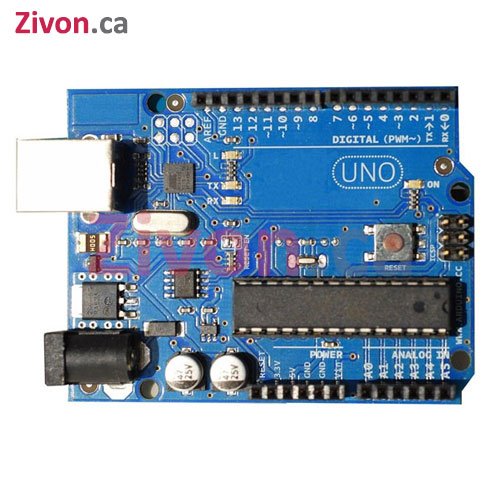
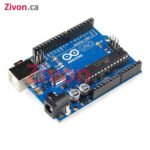



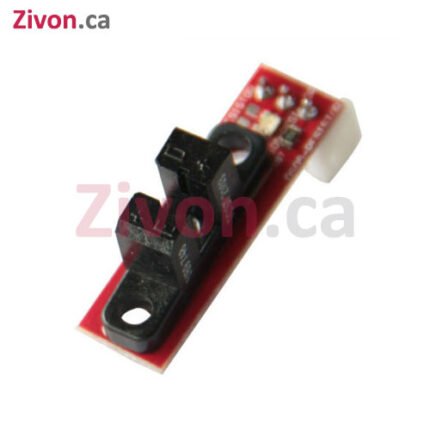
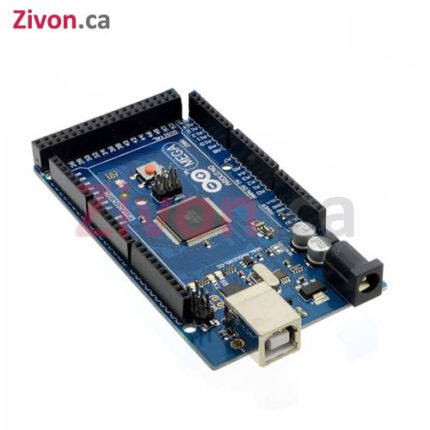
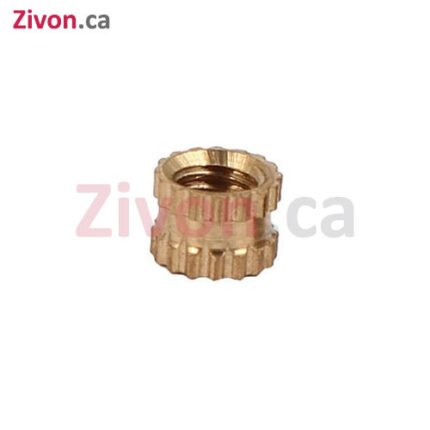
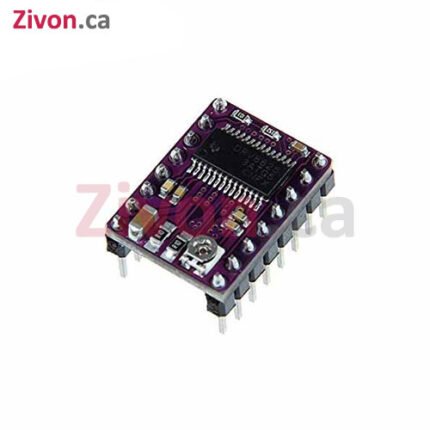
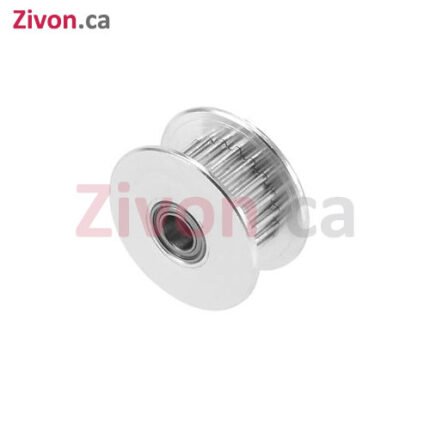


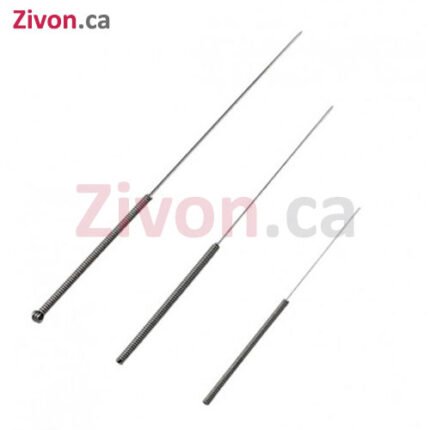
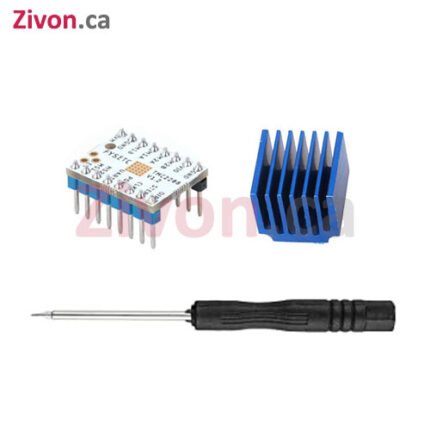


Reviews
There are no reviews yet.